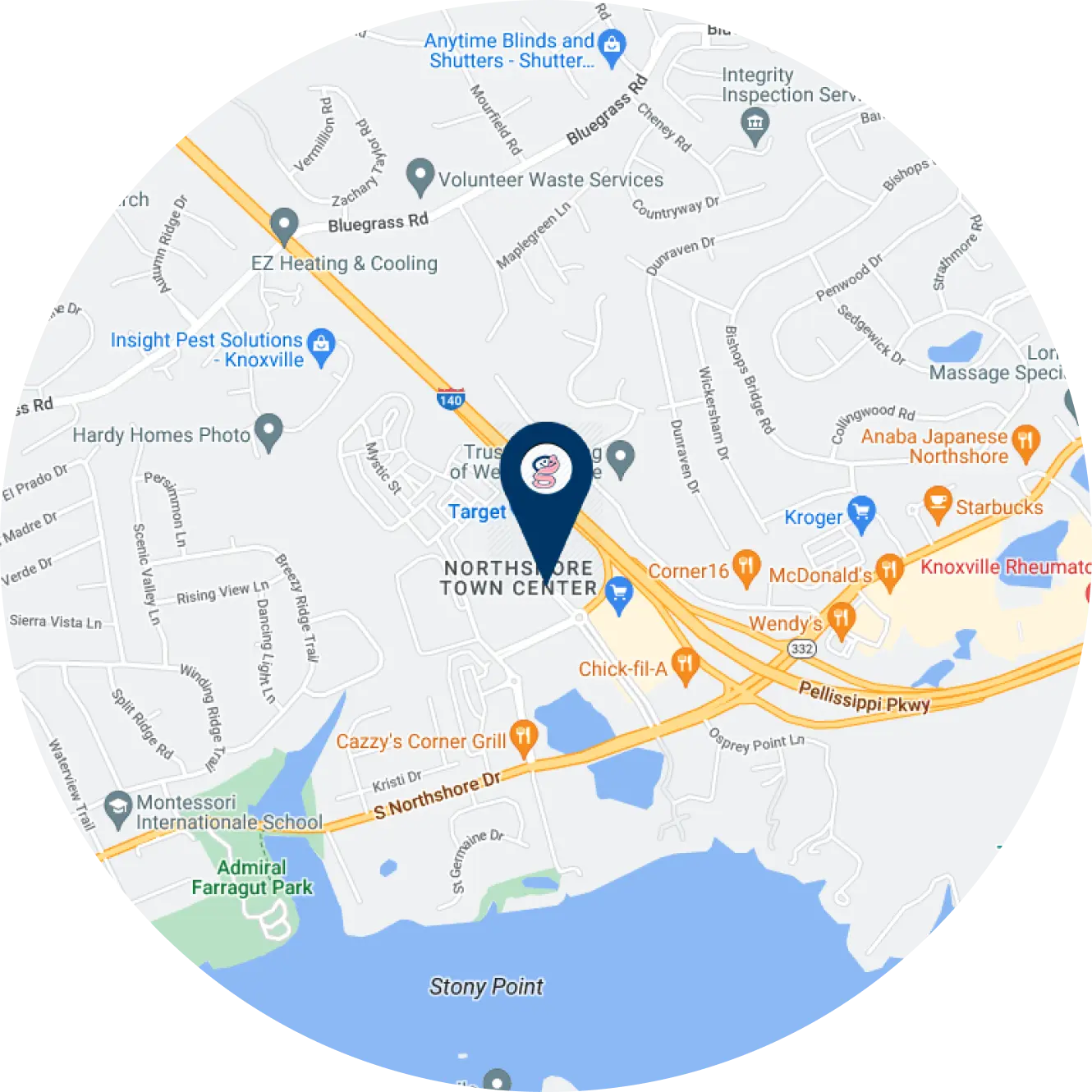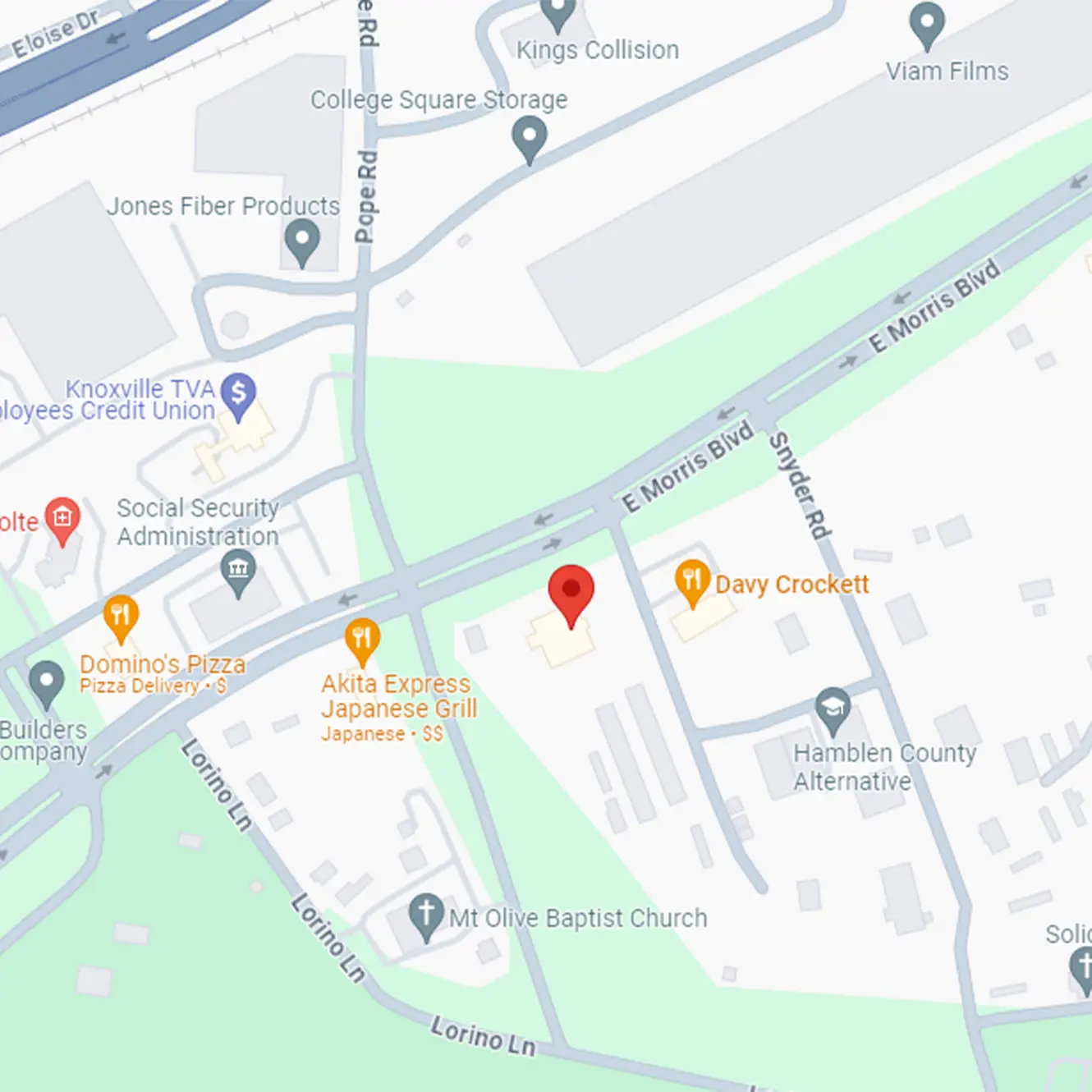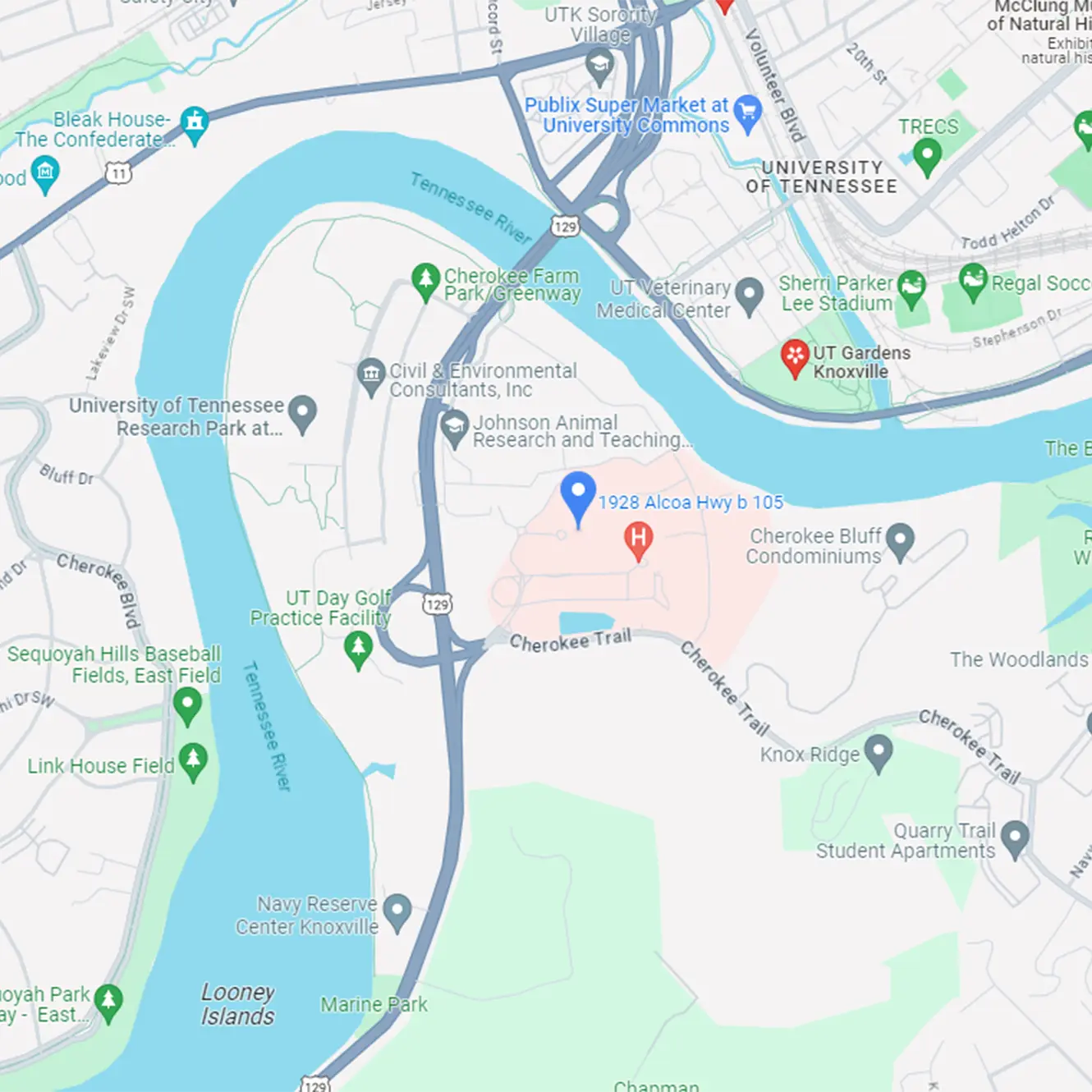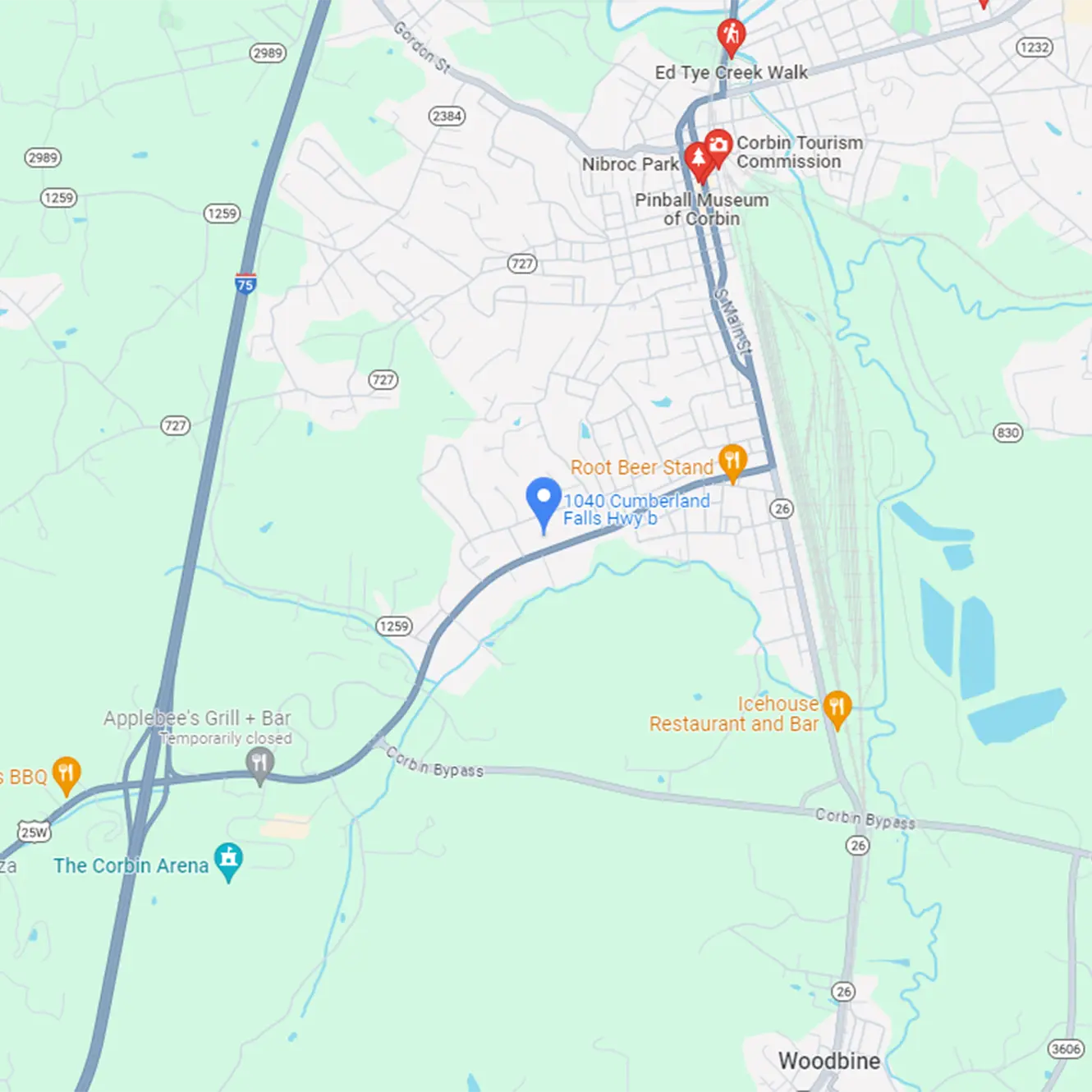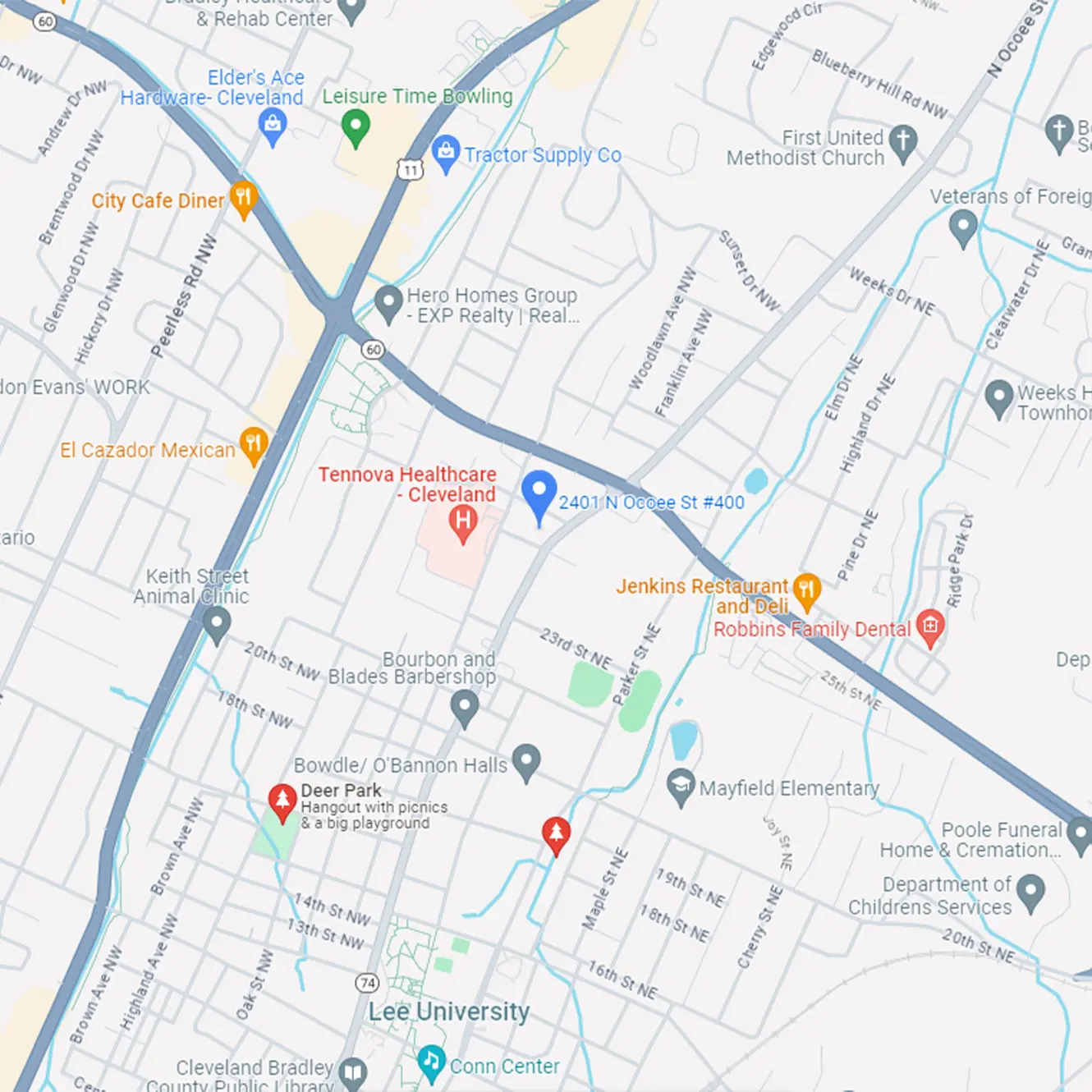Who is TIF for?
- A gastroenterologist may recommend TIF to treat a patient who has GERD symptoms when medications are ineffective or for patients who desire to discontinue long-term medication use.
What is the difference between the TIF Procedure and Nissen Fundoplication?
- TIF is a less invasive procedure than Nissen fundoplication and is associated with fewer side effects. During Nissen fundoplication, surgeons make an incision in the abdomen and then wrap the top of the stomach all the way around the esophagus to re-create a valve. Nissen fundoplication is commonly associated with several long-term symptoms including:
- Trouble swallowing
- Difficulty eating (this can last for several months)
- Belching (burping) and bloating due to trapped air in the stomach
- Hernia at the incision location
- Valve failure within eight to 10 years, requiring a second procedure
TIF can be used to repair a failed Nissen fundoplication. A valve created with TIF is typically longer than and not as tight as a valve made with the Nissen procedure. These factors contribute to fewer side effects after TIF.
What happens during the TIF procedure?
- Our physicians perform TIF at the University of Tennessee Medical Center.
- TIF takes about 30-45 minutes to perform. While you are under anesthesia, your physician will access the stomach through your mouth using a flexible, camera-equipped, single-use device. The device enables your physician to gently pull the esophagus down and wrap the top of the stomach partially around the esophagus, all without a single incision. Plastic fasteners are used to hold the tissue in place. Your body will heal around these fasteners. If you have a small hiatal hernia, this will also be fixed as part of the procedure.
- If your physician determines you have a large hiatal hernia, then laparoscopic surgical hernia repair may be recommended along with TIF. These procedures can be performed together and will take about 90 minutes.
What is the recovery after the TIF procedure?
- After the procedure, you may stay in the hospital overnight.
- You may need to take prescribed medications.
- It is important to adhere to a strict diet for several weeks to allow the TIF to heal and form a strong valve.
- You will gradually discontinue PPIs and other GERD medications
- You will avoid strenuous physical activity including heavy lifting for several weeks
What is the TIF procedure success rate?
- TIF has a proven success record with over 25,000 cases being performed. Less than 1% of patients experience issues during or after the procedure, such as a tear or bleeding. As many as 81% of patients can completely stop taking PPI medicine. TIF patients experience improved quality of life related to reduction in heartburn.
TIF Procedure Complications, Risks and Side Effects:
- Transoral incisionless fundoplication is very safe. There is a slight chance of bleeding, but side effects are usually minor and temporary and can include:
- Sore throat
- Shoulder pain
- Chest pain
Follow Up
After your TIF procedure you will have a follow up appointment at 2 and 6 weeks.










